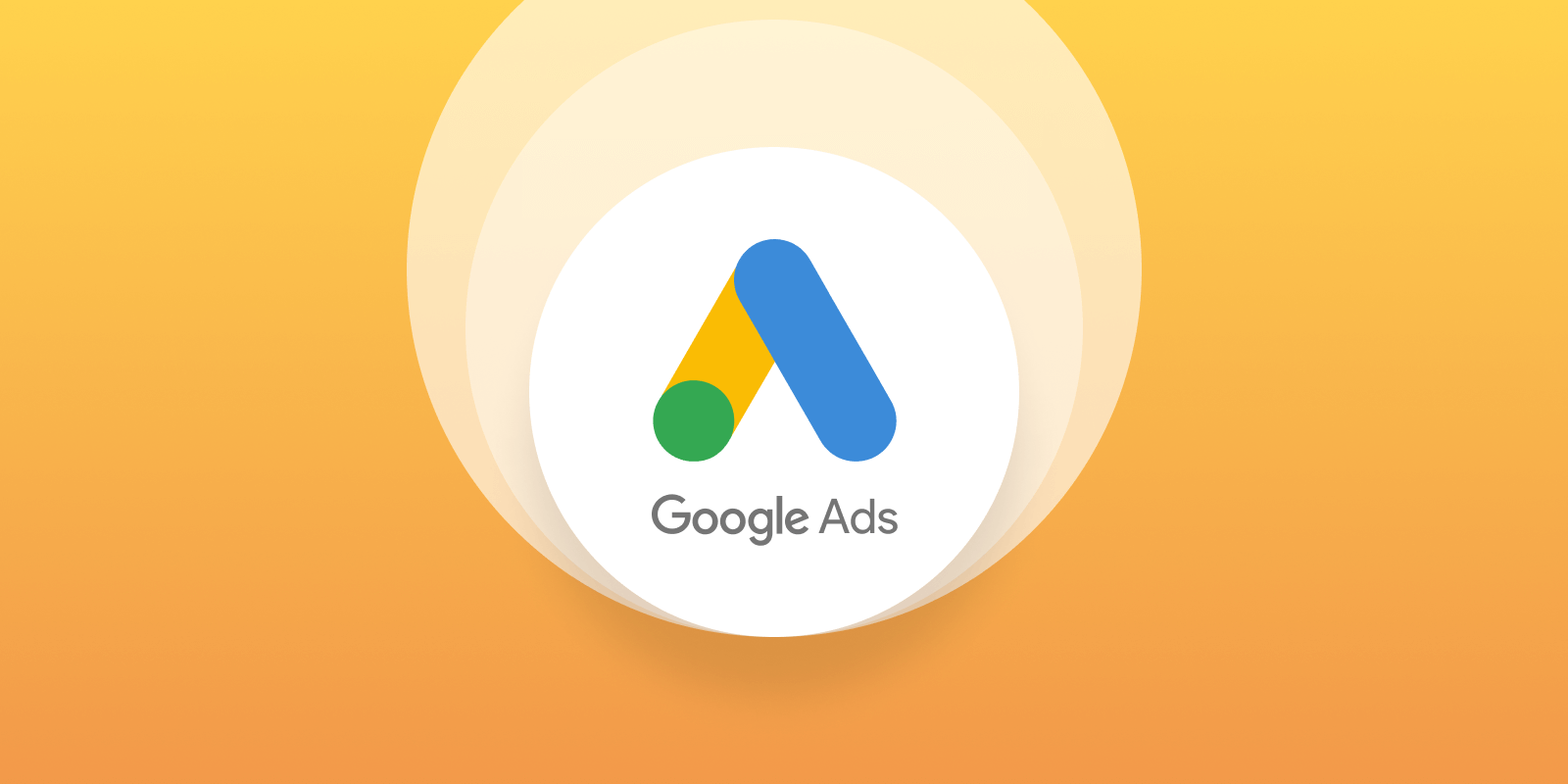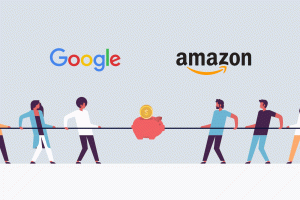
Why You Should Leverage Google Ads for Video Marketing

Google Ads, launched in 2000 alongside the search engine giant, has become a cornerstone of pay-per-click (PPC) marketing. But with its immense popularity comes a competitive landscape. While users are four times more likely to click on a Google Ads search result compared to other search engines, keyword costs are on the rise, raising concerns about overspending in a saturated market.
The question then becomes: How can businesses navigate this competitive environment and maximize their impact?
Here’s where video advertising emerges as a potential game-changer. While Google Ads offers a robust suite of tools, video remains a relatively untapped resource with significant growth potential.
Let’s explore why video deserves a closer look:
- Captivating Attention: Videos have an undeniable hold on viewers’ attention compared to traditional text ads. This translates to a higher chance of capturing interest and building brand awareness.
Engaging Storytelling: Videos allow you to tell your brand story in a compelling way, fostering emotional connections with your audience and leaving a lasting impression.
Driving Action: Unlike static ads, videos can spark active engagement, prompting viewers to click through to your website, learn more about your offerings, or take a desired action.By leveraging video advertising through Google Ads, you can break through the clutter, connect with your target audience on a deeper level, and achieve your marketing goals. So, are you ready to explore the power of video and unlock new possibilities for your brand?
When it comes to YouTube video advertising, Google Ads offers a powerful toolset through TrueView ads. Let’s explore the three main formats available:
1. In-Stream Ads: Appearing Mid-Roll or Pre-Roll
Function: These ads play before, during, or after other YouTube videos. Imagine them as commercial breaks within the YouTube experience. YouTube creators (partners) choose to show these ads in exchange for payment.
High View Potential: They reach viewers actively engaged with video content, increasing the chance of capturing attention. Skippable Ads
Cost-Effective Model: Viewers have the option to skip after 5 seconds. You only pay if they watch for 30 seconds or interact with the ad (like a click).
Non-Skippable Option (Limited Availability): In some regions, non-skippable ads of 15-20 seconds are available, charged by impression (ad view).
2. In-Search Ads: Targeting Specific Keywords
Function: These ads appear in YouTube search results when users enter relevant keywords. Think of them like text ads but in video format.
Targeted Reach: Reach viewers actively searching for topics related to your offering, increasing the likelihood they’re interested in your video.
Clear Call to Action: Since viewers actively sought the content, they might be more receptive to your message and a clear call to action.
3. Video Discovery Ads (Formerly In-Display Ads): Targeted Thumbnails That Grab Attention
Function: These video ads appear alongside organic search results or on the YouTube sidebar. They feature a thumbnail image and an “Ad” label.
Highly Targeted: You can target specific demographics and interests, ensuring your ad reaches a relevant audience.
Viewer Choice: Unlike auto-playing ads, viewers choose to click on these based on the thumbnail and title, suggesting higher engagement potential.
A Note on Retired Formats: Previously, an option existed where viewers could choose between three ads before a long video (10+ minutes). This format has been discontinued in favor of the current TrueView styles.
By understanding these TrueView ad formats and their strengths, you can craft a video advertising strategy on Google Ads that reaches your target audience, maximizes engagement, and achieves your marketing goals.

5 Winning Strategies for Your Google Ads Video Campaigns
Now that you’ve grasped the power of Google Ads for Video, here are 5 essential tips to craft winning video ad campaigns that resonate with your audience:
1. Craft Captivating Content:
Don’t settle for ads viewers tolerate; create content they actively seek out! Understand your target audience and the video styles they gravitate towards. The key is to make your ad so engaging they forget it’s even advertising.
Think Beyond Traditional Ads: Instead of a standard commercial, consider a unique approach. For example, a shoe company could showcase a “how-to running” video instead of a sneaker commercial.
2. Leverage the Power of Social Proof:
Consumers heavily rely on reviews before making purchasing decisions. Integrate real customer testimonials into your video ads to capitalize on this trust factor.
Emotional Connection Through Real Stories: Take a page from HelloFresh’s “TV Spot” campaign. This ad features a relatable family using the service, evoking positive emotions through a genuine scenario.
3. Keep it Concise and Compelling:
Especially for mid-roll ads interrupting a viewer’s chosen video, brevity is key. Hold viewers’ attention by delivering your message efficiently.
Tailored Length for Different Formats: While the ideal length can vary, aim for 12-20 seconds for skippable TrueView ads, 15-20 seconds for non-skippable, and a captivating 6 seconds for bumper ads.
4. Conduct Audience Research:
Understanding your target audience’s preferences is vital for success. Research popular video ads within your industry and analyze the video styles that resonate most.
Direct Audience Input: Proactively engage with your audience. Use social media polls or incentivized surveys to gather valuable insights into their preferred ad formats and placement.
5. Repurpose Existing Content:
Leverage your existing content library! You’ve already invested in creating engaging blog posts and social media content. Utilize this as inspiration for your video ads, saving time and resources.
By implementing these strategies, you can craft compelling Google Ads video campaigns that capture attention, build trust, and ultimately drive results!
In this article, we discussed the function and importance of SEO in the digital world. If you are interested, you can learn more about digital marketing and Google advertising by viewing other articles on the Kayoads website.







